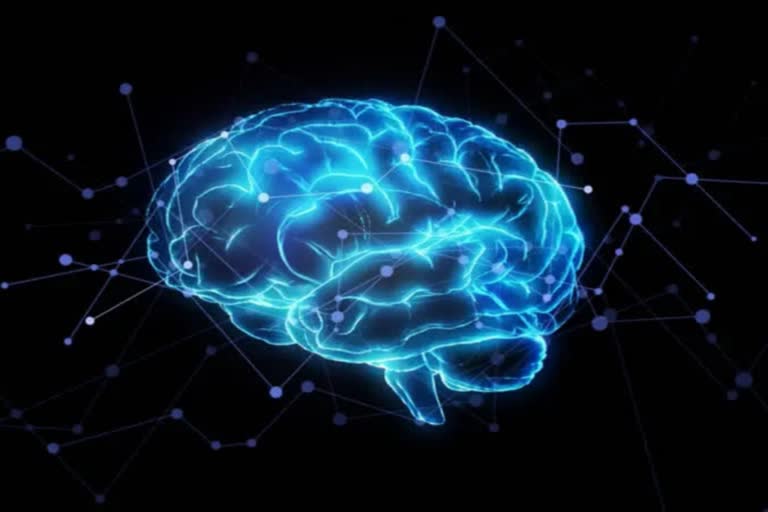California [US]: Indigenous people who live in the tropical forests of lowland Bolivia have some of the lowest rates of heart and brain disease ever recorded by science. There are optimum levels of food consumption and exercise that promote healthy brain ageing and lower the risk of disease, according to new USC study on two of these communities, the Tsimane and Moseten. The study was published in Proceedings of the National Academy of Sciences.
Thanks to industrialization, humans now enjoy greater access to food, less physical toil and better access to health care than ever before. However, they have grown accustomed to eating more and exercising less. Obesity and sedentary lifestyles are associated with smaller brain volumes and faster cognitive decline.
To better understand the tipping point where abundance and ease begin to undermine health, the researchers enrolled 1,165 Tsimane and Moseten adults, aged 40-94 years, and provided transportation for participants from their remote villages to the closest hospital with CT scanning equipment. The team used CT scans to measure brain volume by age. They also measured participants' body mass index, blood pressure, total cholesterol and other markers of energy and overall health.
Researchers found that the Tsimane and Moseten experience less brain atrophy and improved cardiovascular health compared to industrialized populations in the U.S. and Europe. Rates of age-related brain atrophy, or brain shrinking, are correlated with risks of degenerative diseases like dementia and Alzheimer's.
Also read: Indian scientist's tiny, inexpensive sensor to tell if food is spoiled
"The lives of our pre-industrial ancestors were punctured by limited food availability," said Andrei Irimia, an assistant professor of gerontology, biomedical engineering, quantitative/computational biology and neuroscience at the USC Leonard Davis School of Gerontology and co-corresponding author of the study. "Humans historically spent a lot of time exercising out of necessity to find food, and their brain aging profiles reflected this lifestyle." The Moseten: A bridge between pre- and post-industrialized societies
The findings also illustrated key differences between the two Indigenous societies. The Moseten are a "sister" population to the Tsimane in that they share similar languages, ancestral history and a subsistence lifestyle. However, the Moseten have more exposure to modern technology, medicine, infrastructure and education.
"The Moseten serve as an important intermediary population that allows us to compare a wide spectrum of lifestyle and health care factors. This is more advantageous than a straight comparison between the Tsimane and the industrialized world," Irimia said. Irimia said that, along this continuum, the Moseten showed better health than modern populations in Europe and North America - but not as good as that of the Tsimane.
Among the Tsimane, surprisingly, BMI and somewhat higher levels of "bad cholesterol" were associated with bigger brain volumes for age. This, however, may be due to individuals being more muscular, on average, than individuals in industrialized countries who have comparable BMIs. Still, both the Tsimane and Moseten come closer to the "sweet spot," or balance between daily exertion and food abundance, that the authors think may be key to healthy brain aging.
The future of preventative medicine relies on an understanding of humans' evolutionary past. The study's authors explained that people living in societies with abundant food and little requirement for physical activity face a conflict between what they consciously know is best for their health and the cravings, or drives, that come from our evolutionary past.
"During our evolutionary past, more food and less calories spent in getting it resulted in improved health, well-being and ultimately higher reproductive success or Darwinian fitness," notes Hillard Kaplan, a professor of health economics and anthropology at Chapman University who has studied the Tsimane for nearly two decades. "This evolutionary history selected for psychological and physiological traits that made us desirous of extra food and less physical work, and with industrialization, those traits lead us to overshoot the mark."
According to Irimia, the best place to be in terms of brain health and risk for disease is the "sweet spot" where the brain is being provided with neither too little nor too much food and nutrients, and where you have a vigorous amount of exercise. "This ideal set of conditions for disease prevention prompts us to consider whether our industrialized lifestyles increase our risk of disease," he said. (ANI)



